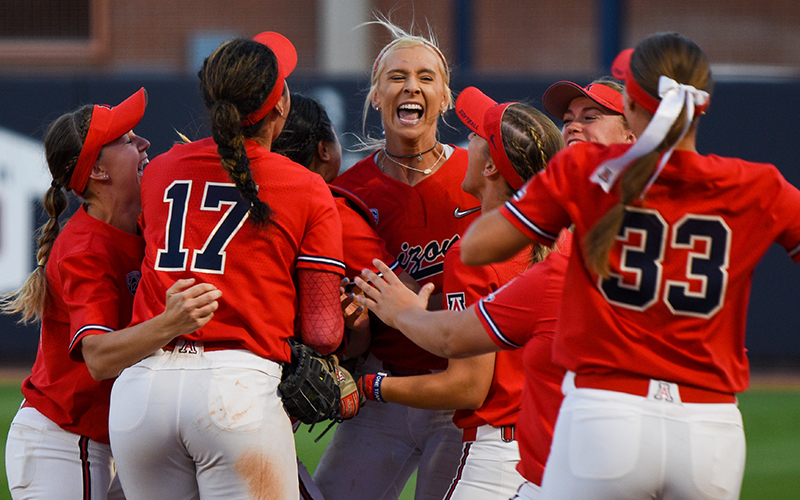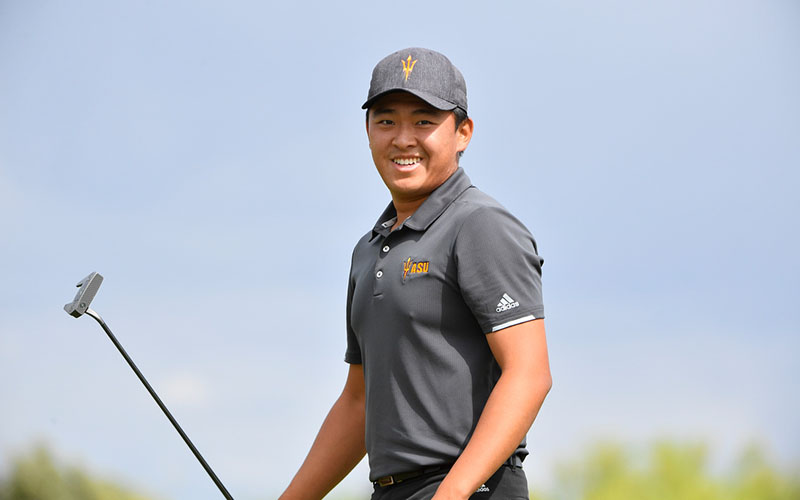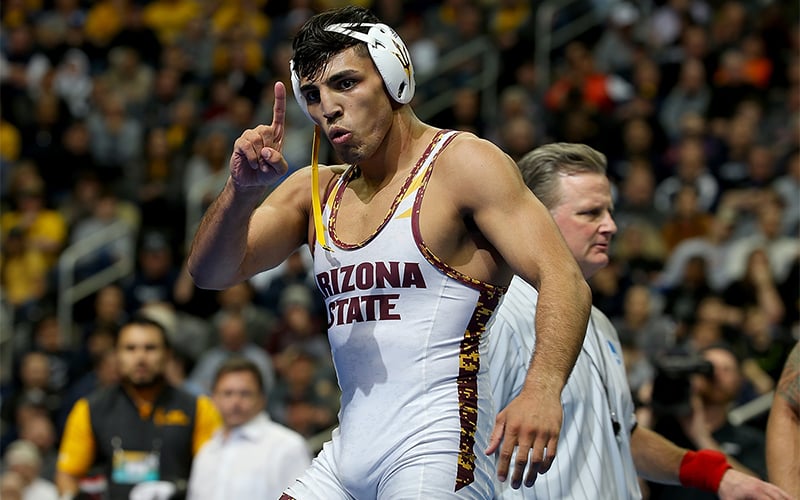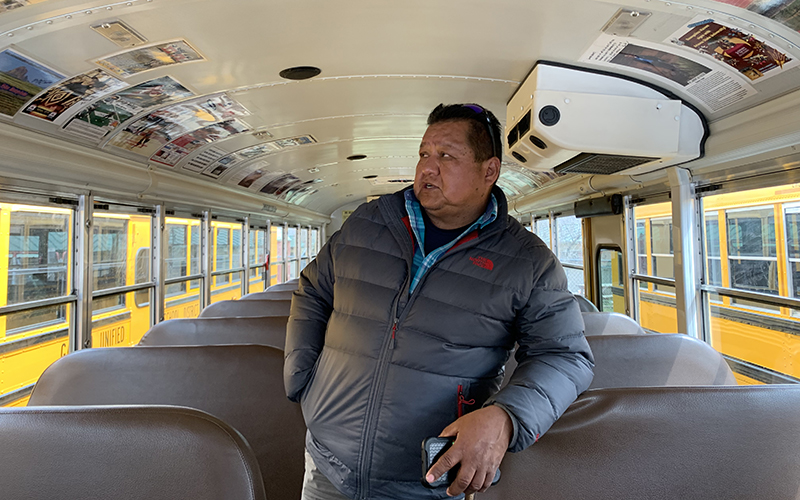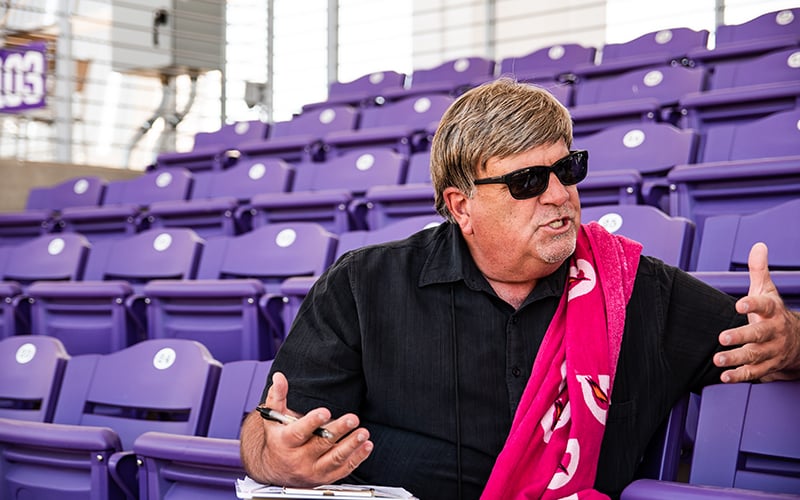‘One team, one heartbeat’: Arizona softball ends Women’s College World Series drought
TUCSON – With their Super Regional victory over Ole Miss, the Arizona Wildcats are headed to Oklahoma City for the Women’s College World Series for the first time since 2010.
ASU men’s golf enters NCAA Championships with international flair
TEMPE – The Arizona State men's golf team begins its quest for a third national title Friday when it competes in the NCAA Championships at Blessings Golf Club in Fayetteville, Arkansas. It brings with it an international flair.
Power play: Led by ASU, collegiate hockey flexes its muscle in Arizona
TEMPE – When the Arizona State men's hockey team made history by being the first independent team to make the NCAA Tournament since 1991-92, it showed that collegiate hockey is making its mark in Arizona.
Giants’ Tony Watson embraces special connection with civil rights movement, Martin Luther King Jr.
SCOTTSDALE – San Francisco Giants reliever Tony Watson embraces special connection with civil rights movement and Martin Luther King Jr.
Henry Cejudo reflects on Maryvale roots as he prepares for UFC championship bout
PHOENIX – As Henry Cejudo prepares for his fight against Marlon Moraes for the vacant bantamweight championship at UFC 238, he thinks back to his roots in Maryvale.
Why are so many horses dying? Turf Paradise looks to find answers
PHOENIX – A spike in horse fatalities at Turf Paradise have left the track searching for answers.
Good news for ASU: Pac-12 secures Arkansas Little Rock for wrestling expansion
PHOENIX – Reacting to concerns it could lose its automatic NCAA qualifiers status in wrestling, the Pac-12, which feature powerhouse Arizona State, is on the hunt for an affiliate school to join the conference.
Bus of dreams: Ganado driver hopes to inspire students with snapshots, words of greatness
GANADO – Bus driver Freddie Yazzie inspires students with photos all over bus of other students who succeeded in Navajo community.
Bottled up: Brewers’ pitcher on a mission to cut single-use plastic
PHOENIX – Milwaukee Brewers lefthander Brent Suter is encouraging his team to go green by replacing plastic water bottles with reusable glass bottles.
Scout’s honor: Despite trying schedules, baseball’s talent evaluators committed to craft
PHOENIX – The life of a baseball scout is not easy. But for talent evaluators like Jon Kazanas, the joy that comes from finding prospects makes it worth it.
Golf, softball: Andersen siblings have it covered at Arizona State
TEMPE – Abby and Mason Andersen have a lot in common. They are siblings. They are star athletes at Arizona State. And, according to their dad, they are best friends.
Dreams coming true for ASU hockey player Joey Daccord
PHOENIX – In this podcast, Nick Welter shares the incredible story of ASU goaltender Joey Daccord, who became the first Arizona State player to sign an NHL entry-level contract.
